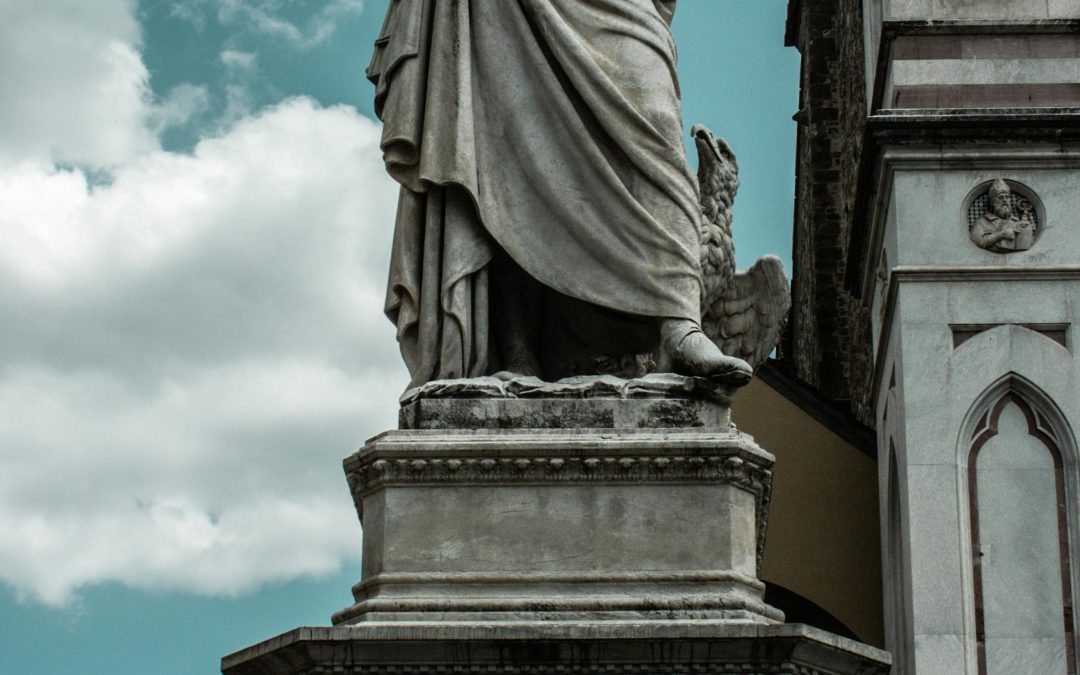I am not a poet. Let’s get that one fact straight right now. I do not write poetry.
I do, however, occasionally edit poetry.
The poetry I edit generally comes in two versions:
- Children’s literature written in verse
- Modern poetry.
If someone were to ask me to edit his Shakespearean sonnets, I’d be at a total loss and suggest that poet find a better qualified editor who specializes in poetry and is willing to count syllables, scrutinize rhyming schemes, and ensure alignment with the standards of that form.
There’s more to poetry than the occasional sonnet or haiku, not that many folks I encounter even know what distinguishes a sonnet from other forms of poetry. And, yes, there are many different poetic forms. Off-hand, I can think of three forms of sonnets, although I don’t remember the specifics of each form’s arrangement beyond three stanzas of four lines and a final couplet (14 lines total). The differences have to do with the rhyming scheme.
Writer’s Digest lists 168 poetic forms in this article: https://www.writersdigest.com/write-better-poetry/list-of-50-poetic-forms-for-poets. The list is mind-boggling. Some prescribe a certain number of lines, stanzas, and couplets; others focus on a certain arrangement of syllables and rhymes; still others specify a particular shape of the finished poem.
With many poetic forms, the editor must understand both meter and rhyme. The meter is the beat. English best suits iambic pentameter, which is the meter in which the Bard himself wrote. It’s a two-beat cadence with five feet—da-DUM, da-DUM, da-DUM, da-DUM, da-DUM. Poets.org posts a good explanation of poetic meter: https://poets.org/glossary/meter. Meter establishes rhythm and helps poets align rhyming schemes.
Not all poetry rhymes. Literature written in verse tends to be directed at very young children who enjoy the sing-song cadence of rhyming words. However, more modern forms place less emphasis on rhyming and more emphasis on meaning and allusion.
Poets, even more so than other authors, allow less leeway in the editing of their work. As an editor, I have mixed feelings about this. With prose, there are certain standards of writing to maintain, from basic subject-verb agreeement to the detection and correction of plot holes. With poetry, the rules for grammar, syntax, sentence construction, and even punctuation are often cast aside—and the poet does not tolerate any change. This basically leaves the editor with the following tasks:
- Correct misspelled words and typos (e.g., when from is meant and form is written)
- Faults in meter (i.e., when the rhythm is off)
- Stylistic consistency (e.g., when every line in every stanza begins with a capital letter).
When I was child, my mother gave me a book of poems, Piping Down the Valleys Wild. I loved that book and read it several times, although I have no idea what happened to it. I enjoyed Edgar Allen Poe’s poems, too. I have Childe Harold’s Pilgrimage by Lord Byron on my Kindle, but have yet to read it. I keep promising myself I’ll do that.
We’re introduced to poetry from the day we’re born. For many, that introduction comes in the form of lyrics to music. Regardless of the musical genre you prefer (except instrumental music), the cadence of music lends itself to poetry. Or maybe it’s the opposite: the cadence of poetry lends itself to music. Even rap, which I deny being music, may be categorized as poetry.
As noted before, many books for the toddler set are written in verse. That’s poetry, too. Consider nursery rhymes. Yep, more poetry.
Oddly enough, I come across a lot of people who write poetry, but not so many who admit to reading it. I don’t know whether that’s because much of the poetry assigned in literature classes is the mind-numbing stuff of John Milton (e.g., Paradise Lost) or whether it’s because poetry tends to be so very personal to the person who wrote it.
If you write poetry, do you read it?

